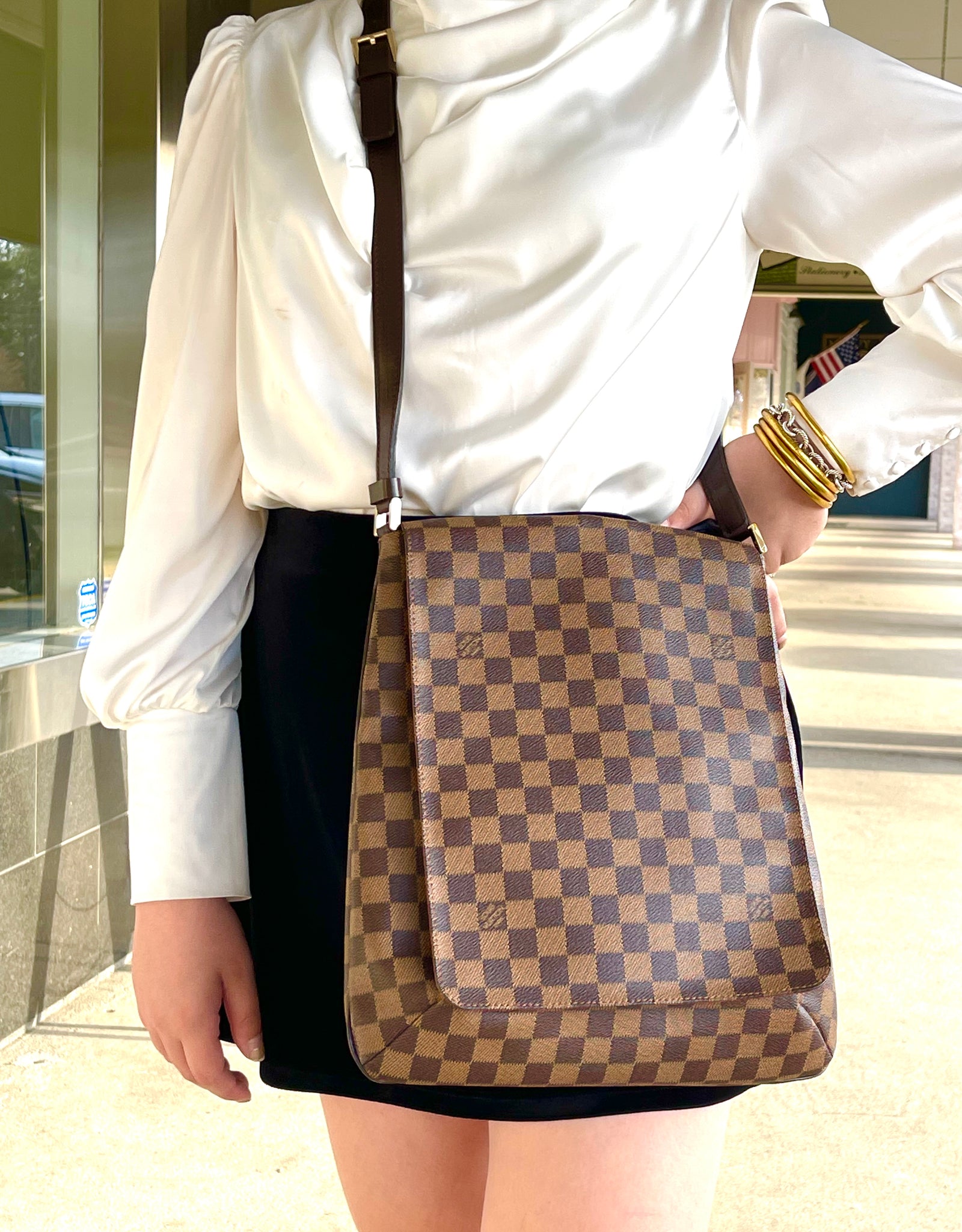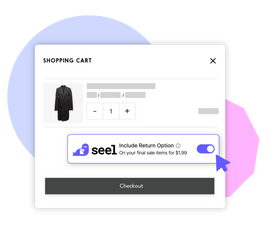Thrifting has become a popular and sustainable way to explore fashion, and discovering designer treasures in thrift stores can be an exhilarating experience. The thrill of finding high-end brands like Chanel, Louis Vuitton, Gucci, and Yves Saint Laurent among the racks is not only a testament to your shopping prowess but also a chance to score timeless pieces at a fraction of their original cost. Here's a guide on how to navigate thrift stores for these coveted designer brands.
1. Cultivate a Sharp Eye for Quality:
When hunting for designer pieces, it's essential to develop an eye for quality craftsmanship. Run your fingers along the seams, feel the fabric, and inspect the stitching. High-end brands are known for their meticulous attention to detail, so be on the lookout for well-constructed items that stand out in terms of both design and durability.
2. Check the Labels and Logos:
Designer brands are often recognized by their distinctive logos and labels. While some luxury items may not prominently display logos, others do. Inspect labels, zippers, and buttons for brand insignias. For example, the iconic interlocking Cs of Chanel, the double-G logo of Gucci, or the monogram patterns of Louis Vuitton are key indicators of authenticity.
3. Examine the Materials:
Luxury brands are celebrated for their use of high-quality materials. When perusing thrift store racks, pay attention to the fabrics and materials used in the garments. Genuine leather, silk, and cashmere are often associated with luxury brands. Feel the weight and texture of the fabric to gauge its authenticity.
4. Familiarize Yourself with Designer Styles:
Each designer brand has a unique aesthetic, and familiarizing yourself with these styles can aid in recognizing authentic pieces. Chanel, for example, is known for its classic tweed jackets and quilted handbags, while Louis Vuitton is recognized for its signature monogram canvas. Understanding the characteristic styles of each brand enhances your ability to spot hidden gems.
5. Explore Consignment Sections:
Some thrift stores have dedicated sections or racks for higher-end and designer items. These may be labeled as "designer," "premium," or "boutique" sections. Don't hesitate to inquire with store staff about the location of such sections or if they have any specific policies regarding designer merchandise.
6. Timing Matters:
Thrift stores receive new inventory regularly, so timing can significantly impact your chances of finding designer pieces. Visit the store frequently, and consider going during sale events or after major holidays when donations tend to increase. Consistency is key when it comes to unearthing those hidden designer treasures.
7. Don't Disregard Accessories:
Designer accessories, such as handbags, scarves, and belts, are often more accessible in thrift stores than ready-to-wear items. Accessories can be a great entry point into the world of luxury brands. Keep an eye out for the distinctive features that characterize each brand, whether it's the Gucci horsebit detail or the YSL monogram.
8. Be Open to Alterations:
Thrift store finds might not always be a perfect fit, but don't let that deter you. High-quality designer pieces are often worth the investment in alterations to achieve a personalized fit. Tailoring can transform a thrifted gem into a wardrobe staple that reflects your style.
9. Utilize Online Platforms:
Expand your thrift shopping horizons by exploring online platforms that specialize in pre-owned luxury items. Websites and apps dedicated to second-hand designer fashion offer a curated selection, making it easier to find specific brands. However, exercise caution, verify authenticity, and purchase from reputable sellers to ensure a positive shopping experience.
10. Network with Thrift Enthusiasts:
Joining thrift and vintage fashion communities, whether online or in person, provides valuable insights and tips. Fellow thrift enthusiasts often share their finds, favorite stores, and knowledge about authenticating designer items. Networking with like-minded individuals can enhance your thrift store shopping experience.
In conclusion, thrift store shopping for designer brands requires a combination of keen observation, patience, and persistence. As you embark on your treasure hunt, remember that finding these gems is not just about scoring a great deal but also about appreciating the craftsmanship and history associated with luxury fashion. So, don your thrifting attire, sharpen your fashion instincts, and enjoy the adventure of uncovering designer treasures in unexpected places. Happy thrifting!




